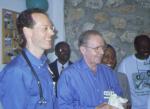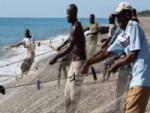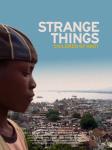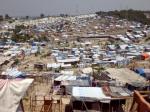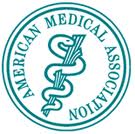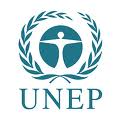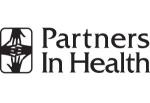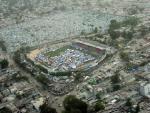Frontline: The Battle for Haiti (1/12/2011)
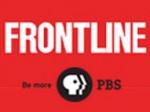 Stability alone may not be sufficient for sustainable development in Haiti, but it is a prerequsite. One of the ongoing challenges to stability in post earthquake Haiti has been the escape of 4,500 hardened criminals from prison, many of whom were associated with gang violence, drug trafficking, and kidnapping. On January 12th at 9:00, PBS Frontline will air a special on the efforts of the Haitian National Police to aprehened the escapees and efforts to establish a functional justice system. More information on the special, which will also be viewable online, below.
Stability alone may not be sufficient for sustainable development in Haiti, but it is a prerequsite. One of the ongoing challenges to stability in post earthquake Haiti has been the escape of 4,500 hardened criminals from prison, many of whom were associated with gang violence, drug trafficking, and kidnapping. On January 12th at 9:00, PBS Frontline will air a special on the efforts of the Haitian National Police to aprehened the escapees and efforts to establish a functional justice system. More information on the special, which will also be viewable online, below.



